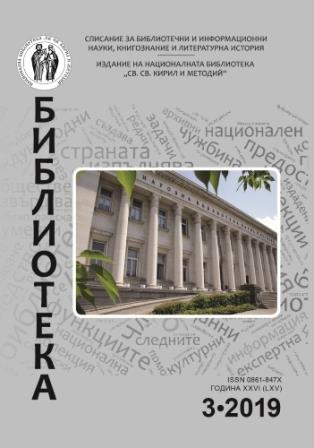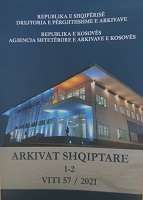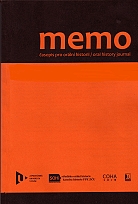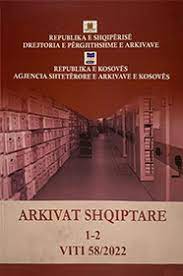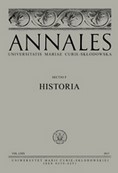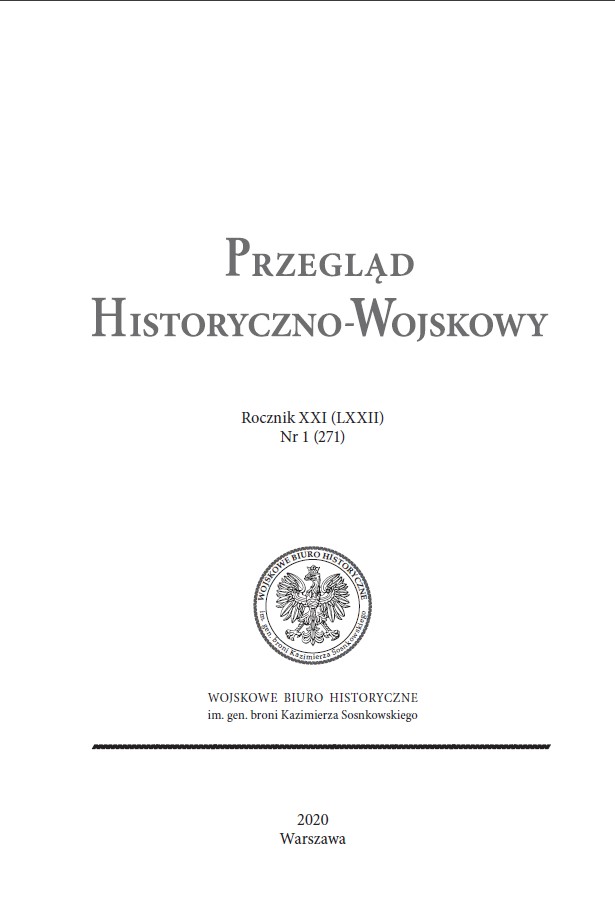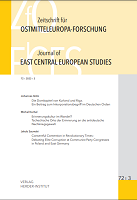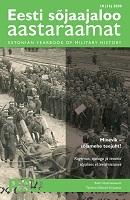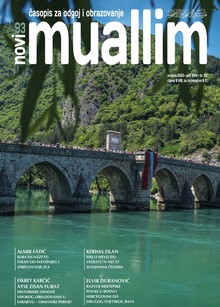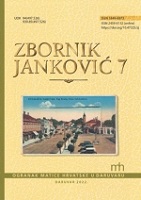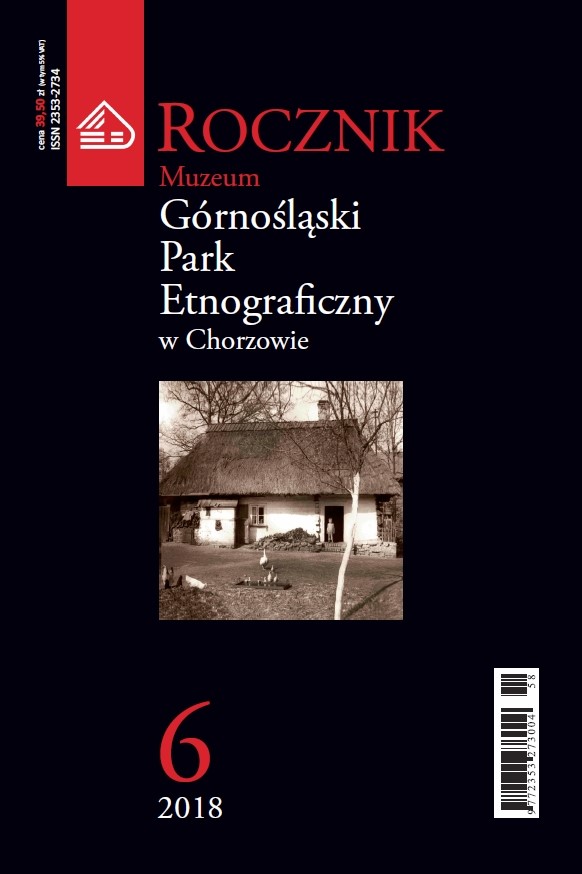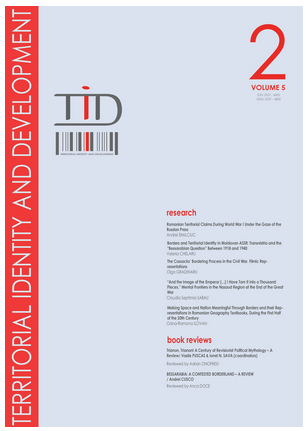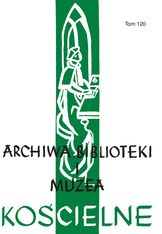Author(s): Eve Annuk,Eret Talviste / Language(s): Estonian
Issue: 8-9/2023
Käesolev teemanumber on pühendatud XX sajandi alguskümnendite tuntud ja vähem tuntud naissoost eesti proosakirjanikele. See sündis vajadusest kirjutada naised tagasi kirjandusajalukku ja kultuurimällu. Enamik artikleid on alguse saa-nud 2022. aasta oktoobris Tartus Eesti Kirjandusmuuseumis peetud konverentsilt „Kas sa Reed Morni oled lugenud?”, ent idee tegeleda unustatud naiskirjanikega sündis palju varem. Eret Talviste taust inglise modernismiuuringutes, kus on alates 1970-ndatest tehtud palju (taas)avastustööd, et kaanonitesse kaasata mitmeid nais-kirjanikke, nt Jean Rhys, Djuna Barnes, Katherine Mansfield jpt, pani teda küsima, kus on eesti naiste sulest ilmunud proosa, kui mõelda XX sajandi algusele. Sellest küsimusest ajendatuna hakkas koos käima lugemisgrupp, kus 2021/2022. akadee-milisel aastal loeti eesti naiste proosat läbi aegade ning 2022/2023. aastal keskenduti XIX sajandi lõpu ja XX sajandi alguse kirjanike, näiteks Marta Sillaotsa, Helga Pärli-Sillaotsa, Aino Kallase, Reed Morni, Leida Kibuvitsa, Lilli Suburgi, Elisabeth Aspe, Alma Ostra-Oinase loomingule. Lugemisgrupi raames tutvus Talviste Eve Annuki mahuka uurimistööga eesti naiste varasest kirjandusest, eriti Lilli Suburgist, ning sel-gus, et XX sajandi alguse naiste proosat vaatleva konverentsi korraldamine on ühine soov.
More...
